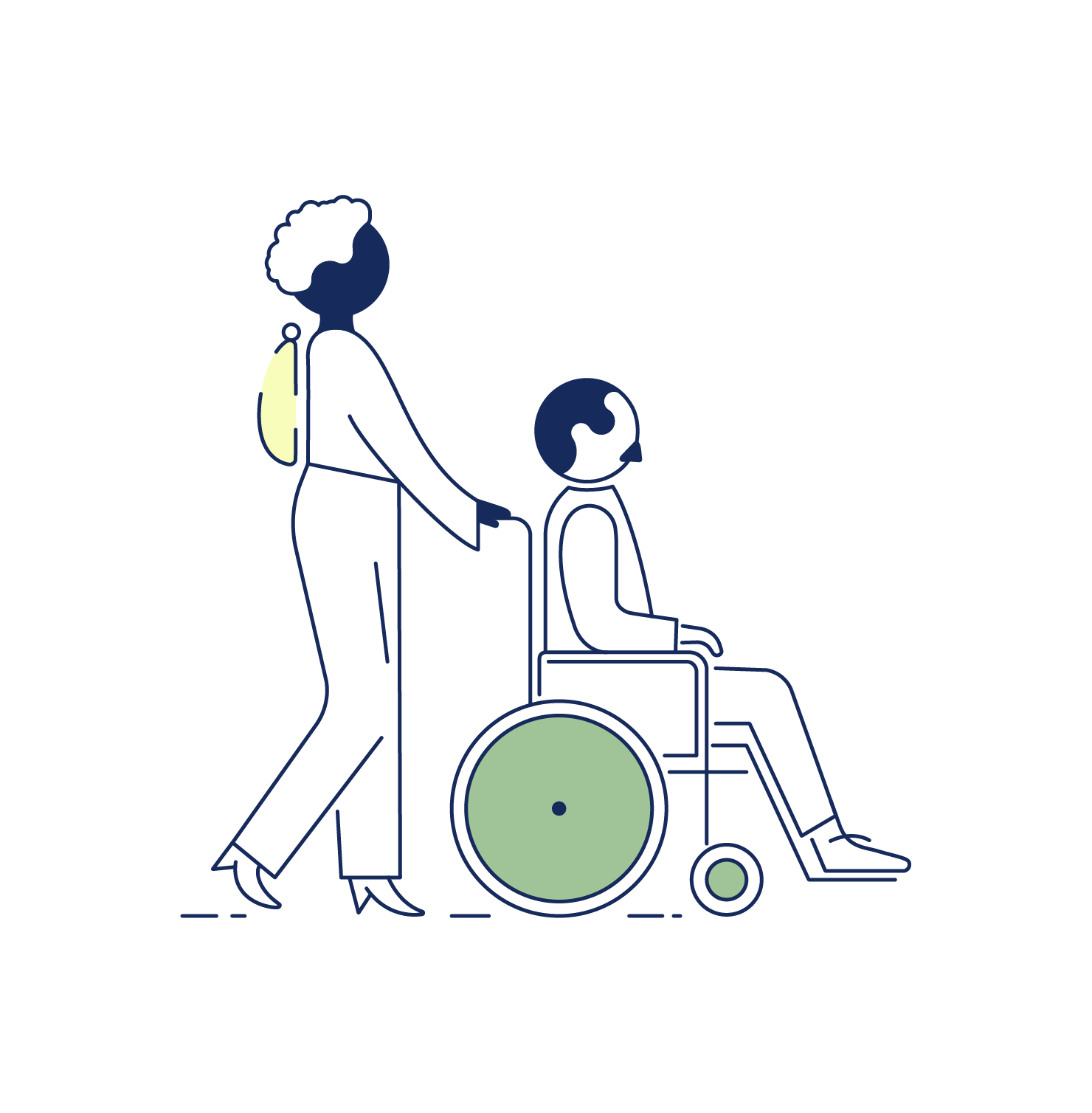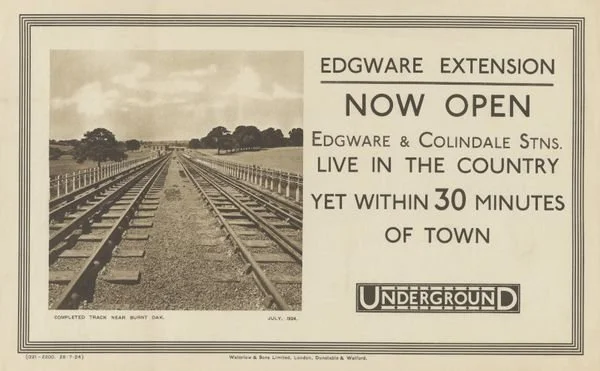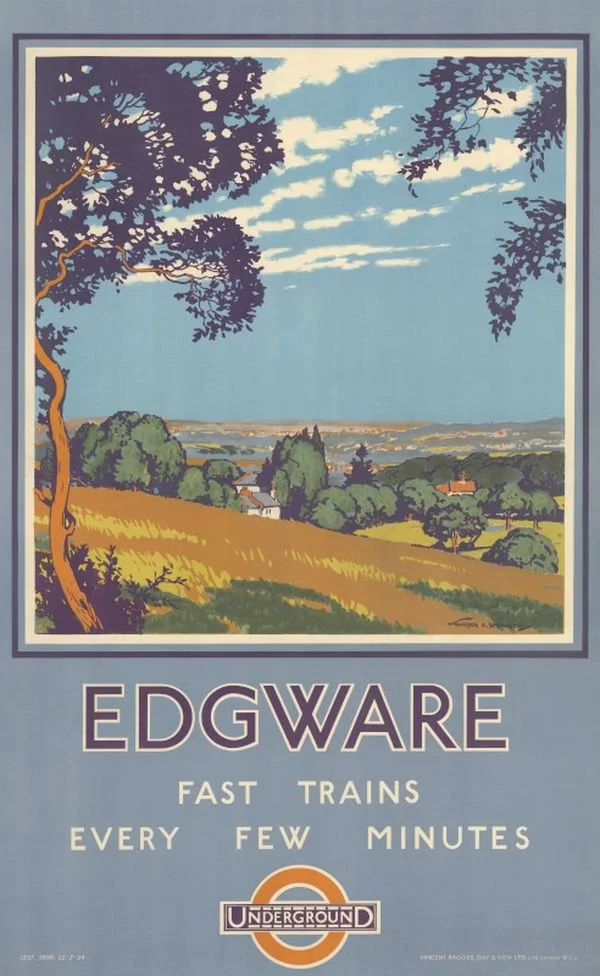A History of
Transformation
Once a stopping place for medieval pilgrims, transformed over the years into a village, market town and now into the bustling, characterful Edgware we know today.
400 years ago Edgware was a resting place for pilgrims travelling along the Roman Road on their way from London to St Albans. It grew into a village, then a small market town with traders and a cattle fair but it remained a farming community well into the 1800s.
Edgware was an important stopping point; inns and blacksmiths lined the high street. As the population of London expanded, the road became even more important and travellers heading north out of the city had to pay a fee to use the highway which benefited Edgware directly.
© London Festival of Architecture
The opening of a tramline along the Edgware Road from Cricklewood to Canons Park in 1904 brought a new link into central London. But it wasn’t until the underground railway was extended from Golders Green in 1924 that the area took off and became a modern ‘Metroland’ and a London suburb - with a bustling shopping centre, leafy residential streets, and rolling countryside nearby. In fact, the chance to live a better life with fresher air, only 33 minutes from Charing Cross, was the main appeal of Edgware in the early 20th century.
© TfL
During the Second World War the area was bombed heavily. Once the war was over, rebuilding commenced and the town was transformed again. Edgware became a diverse, but tight knit, community with more faiths and nationalities calling the area home.
Since then, London has grown rapidly and Edgware has become part of what is one of the greatest cities in the world. But of course, Edgware remains its own place with its own identity. As part of our development plans, we will carefully rejuvenate the town centre, while acknowledging its past.






